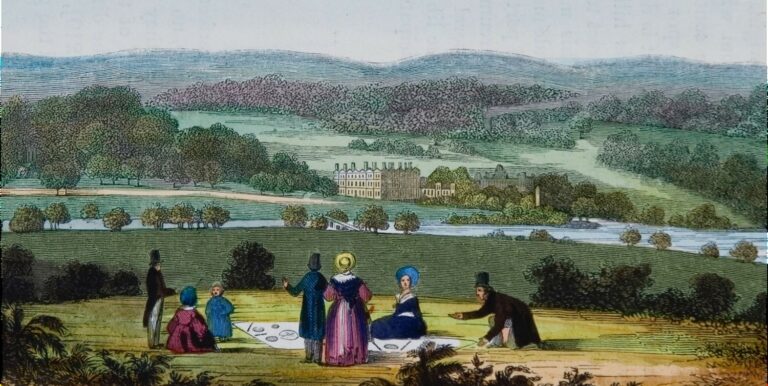But tradition in China usually gives the credit to a Chinese politician in 231 A.D, and he didn’t design wheelbarrows as a useful piece of labour-saving garden equipment, but a weapon of war!
Zhuge Liang [sometimes Chu Ko Liang] was Chief Minister of Shu, one of the warring states that made up China in the third century. In 231 Shu was waging war against one of its rivals, and he had the problem of how to supply his troops in extremely difficult and muddy conditions, when there was also a severe labour shortage. Zhuge Liang (or one of his engineers of course) came up with a prototype wheelbarrow, which had a large, narrow, centrally-placed wheel which could cope with moving heavy loads over soft or boggy ground. And, as he is supposed to have said, unlike oxen or humans it never got tired or needed feeding.
In China the wheelbarrow then developed as a road vehicle, where large loads or even passengers could be taken long distances without major effort. This use, which had no real Western counterpart, was only possible because of a difference in the design of the Chinese vehicle. The large wheel in the middle of the wheelbarrow takes the full weight of the load with the user merely steering it. And it could even be modified and made more efficient by adding sails!





